Tucumcari is a town sitting on Route 66 in Eastern New Mexico with a population of a little over 5,200 people. The town may be small, but it is developing a name for itself in the field of renewable energy education.
The North American Wind Research and Training Center, located in a dedicated building on the campus of Mesalands Community College, attracts students from around the world. It offers three programs for people interested in wind energy: a one-year program, a two-year associate’s degree, and a one-semester class for students seeking qualification to work as a wind technician.
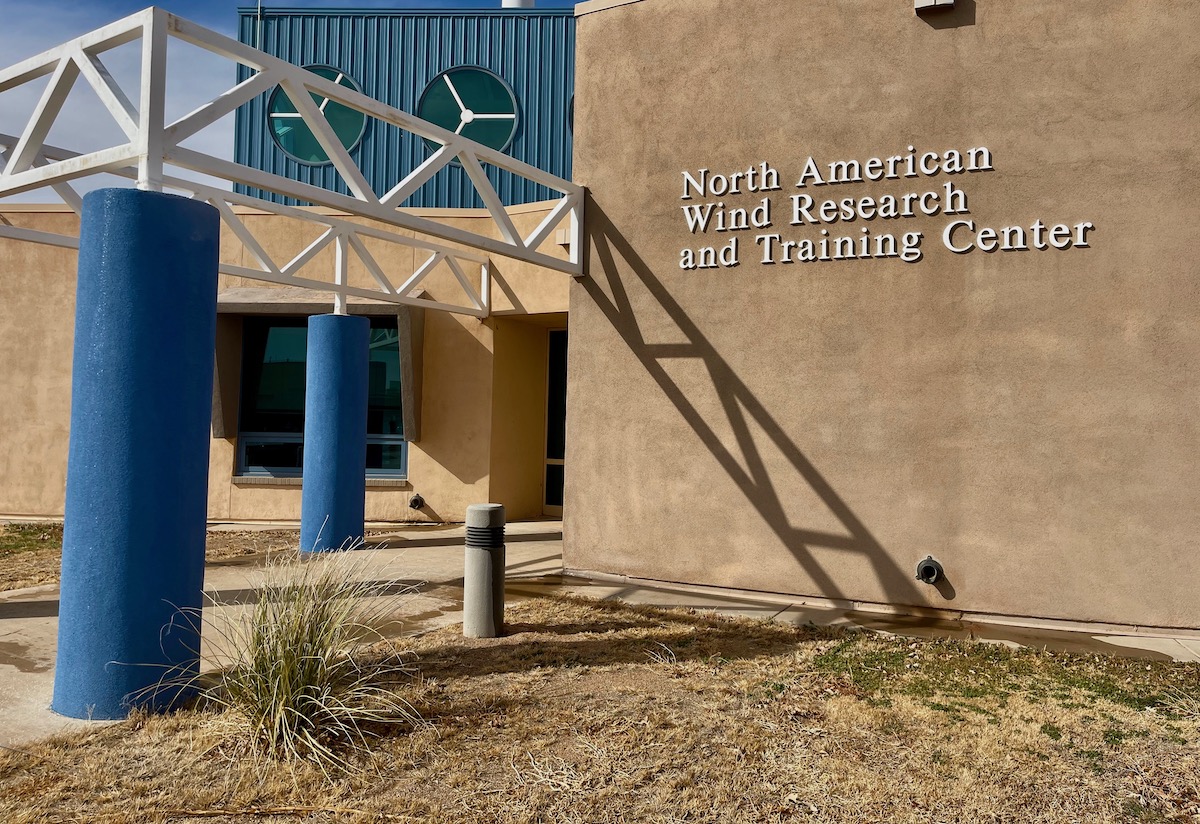
The North American Wind Research and Training Center
It is an interesting time in the field of renewable wind energy. Many professionals in the field came from other industries when they saw the career opportunities in a budding industry. The new generation has grown up with wind power. Rather than starting elsewhere and shifting into renewables later on, they’re interested in finding starting points in wind.
The North American Wind Research and Training Center offers them a path to a running start.
Expert Instruction
Instruction at the Center is about more than just classroom learning. Students learn the ins and outs of safety on a turbine, how to use software to diagnose operating problems, and much more.
Mesalands Director of Renewable and Sustainable Technology Andy Swapp teaches courses at the Center.
“I enjoy working with the young people discovering our industry,” Swapp said. “Many of them saw wind farms being built near where they lived, and that sparked their curiosity. Now that they’ve grown up, they are moving into careers with a great future.”
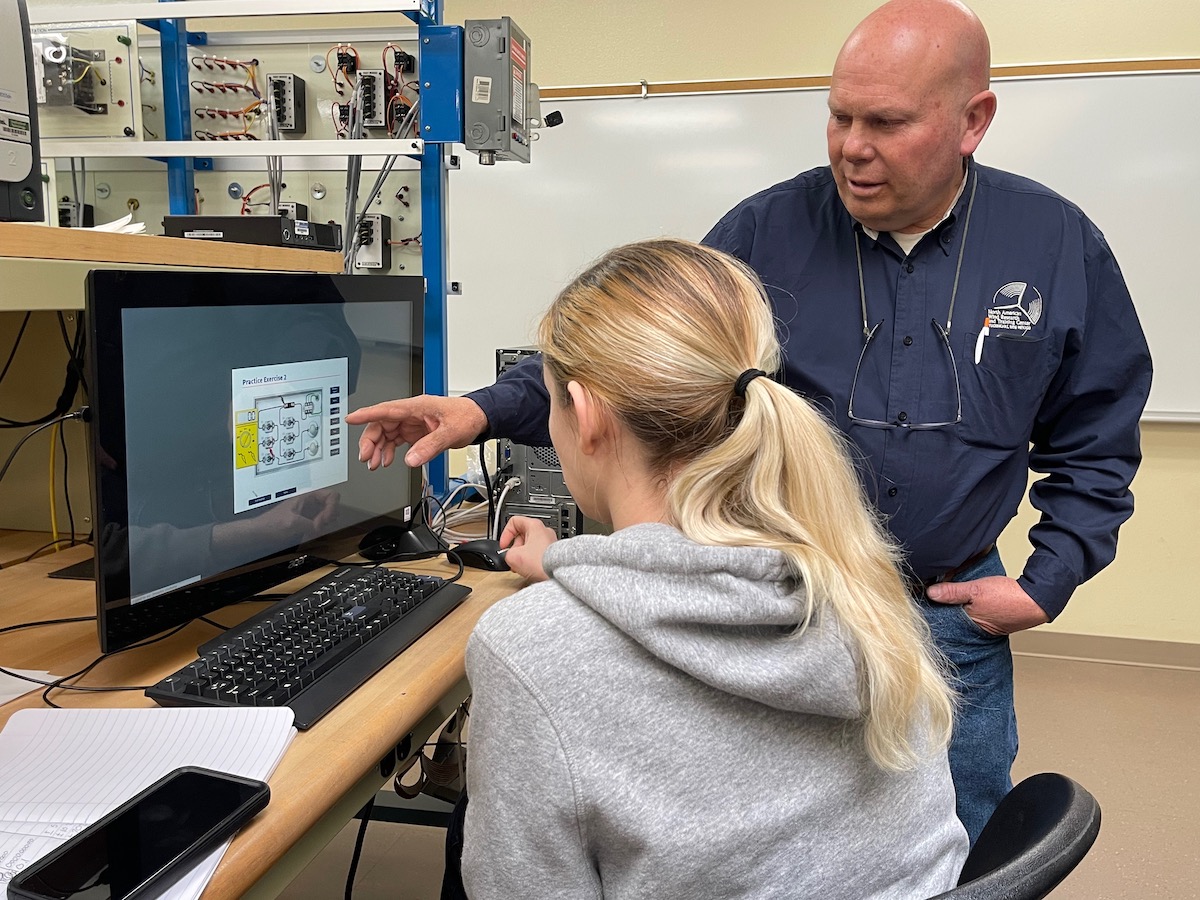
Andy Swapp helps a student work through an electrical problem
Focusing on Safety
Although learning about wind energy is a serious endeavor, the students still get to have some fun as they learn the practical side of safely operating a wind facility.
“This is Rescue Randy,” Swapp said as he hoisted up a legless crash dummy used in safety instruction. “Randy is missing his legs from the knees down, and we throw this poor guy off of all kinds of stuff. We treat him rough, but then we practice rescuing him with our safety equipment.”
Swapp said the weather also plays a key part in the education of new wind professionals because it will be just as important when they are on the job. “What we have here is our weather radar,” Swapp said, pointing to a screen on the wall updating weather conditions in real time.
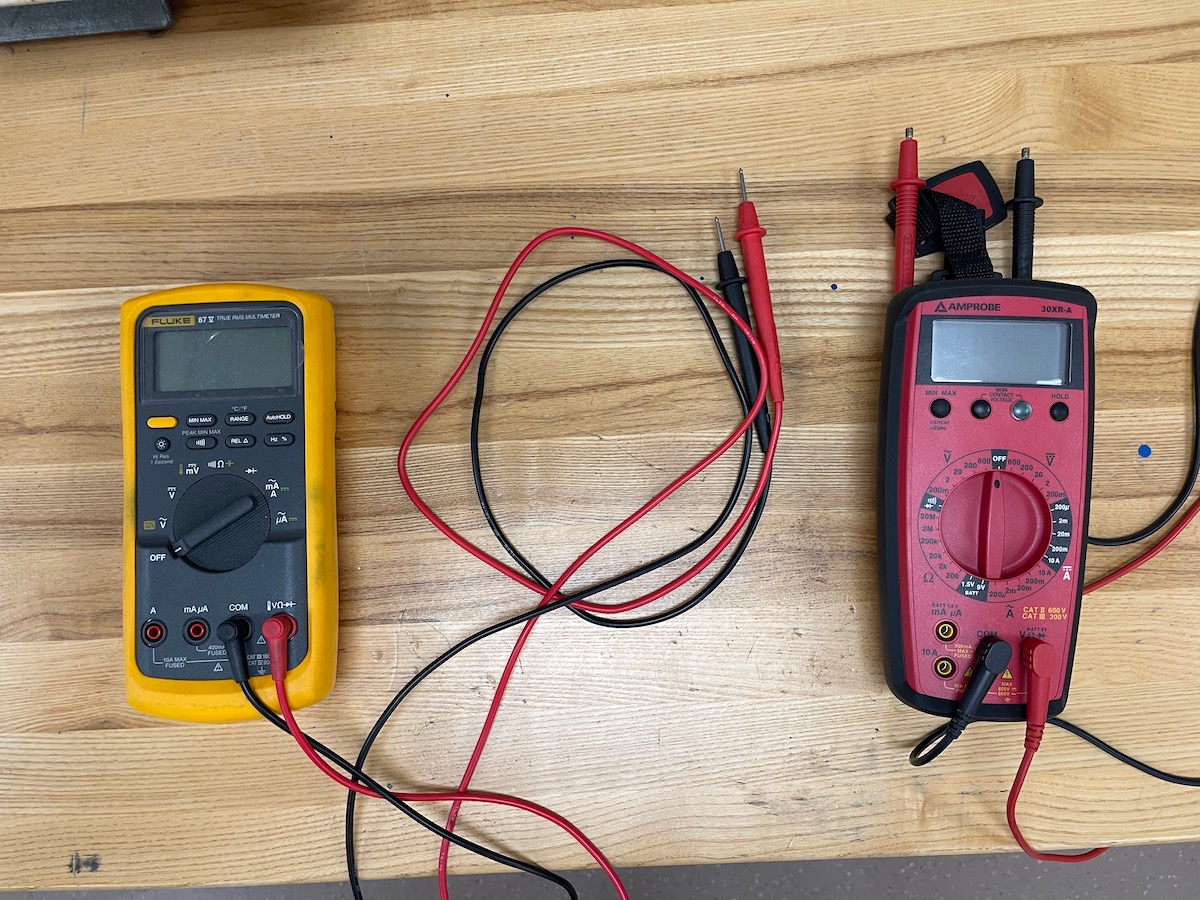
“We have to be aware of the weather so we don’t get stuck up on a tower when there’s lightning or other dangerous weather. If there’s lightning within 60 miles of where we’re working, the radar will show a yellow circle in the affected area, and if we get lightning within 30 miles, there’s a red circle on the map.
“If we get the yellow circle, we stand down for an hour and wait to see what the weather does. If we see the red circle, that’s it. We get everyone off the tower immediately.”
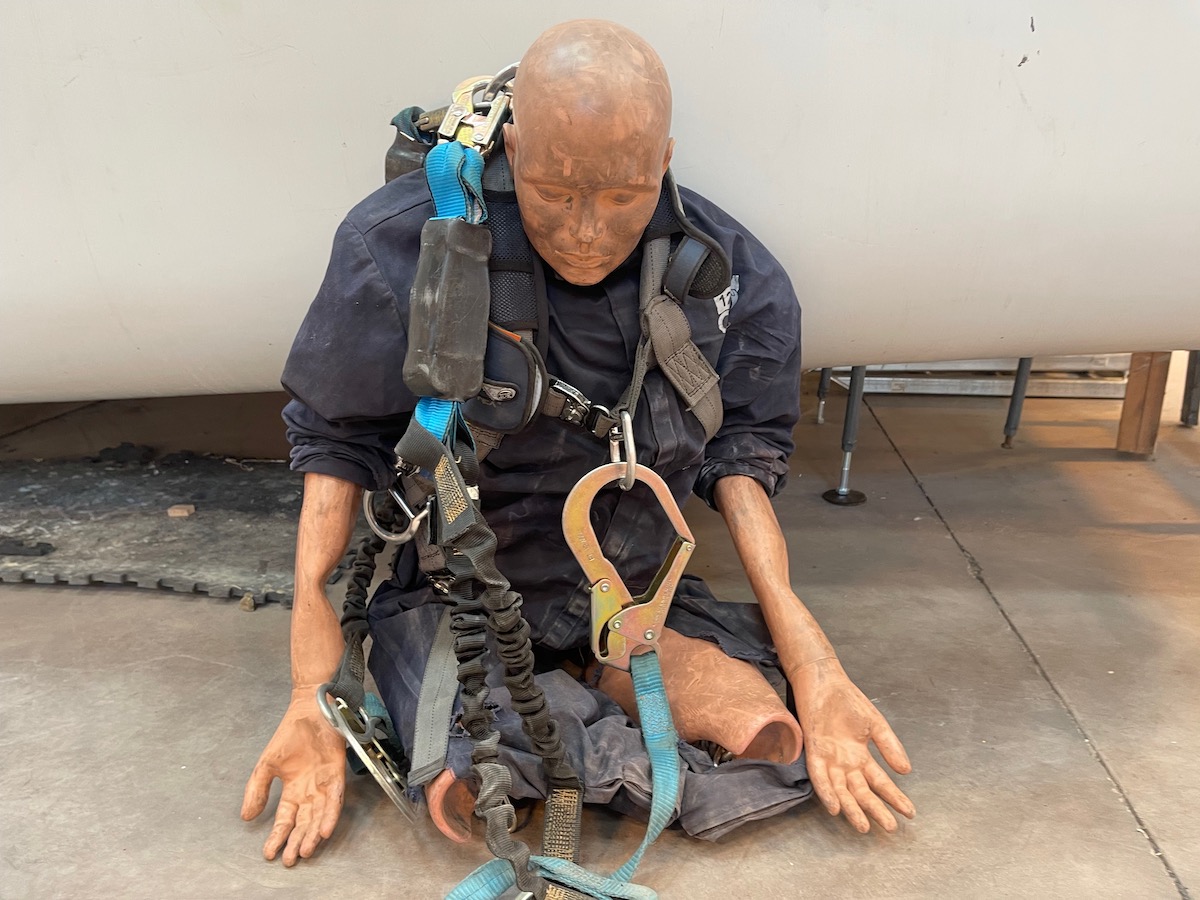
Rescue Randy
The Future
“We think the future is bright here,” Swapp said. “Our reputation continues to grow, and more of our graduates are getting jobs in the booming renewable energy industry.
“We’re doing important work providing for the energy needs of our country, and we’re providing a career path to people who are excited by the opportunities in front of them.”
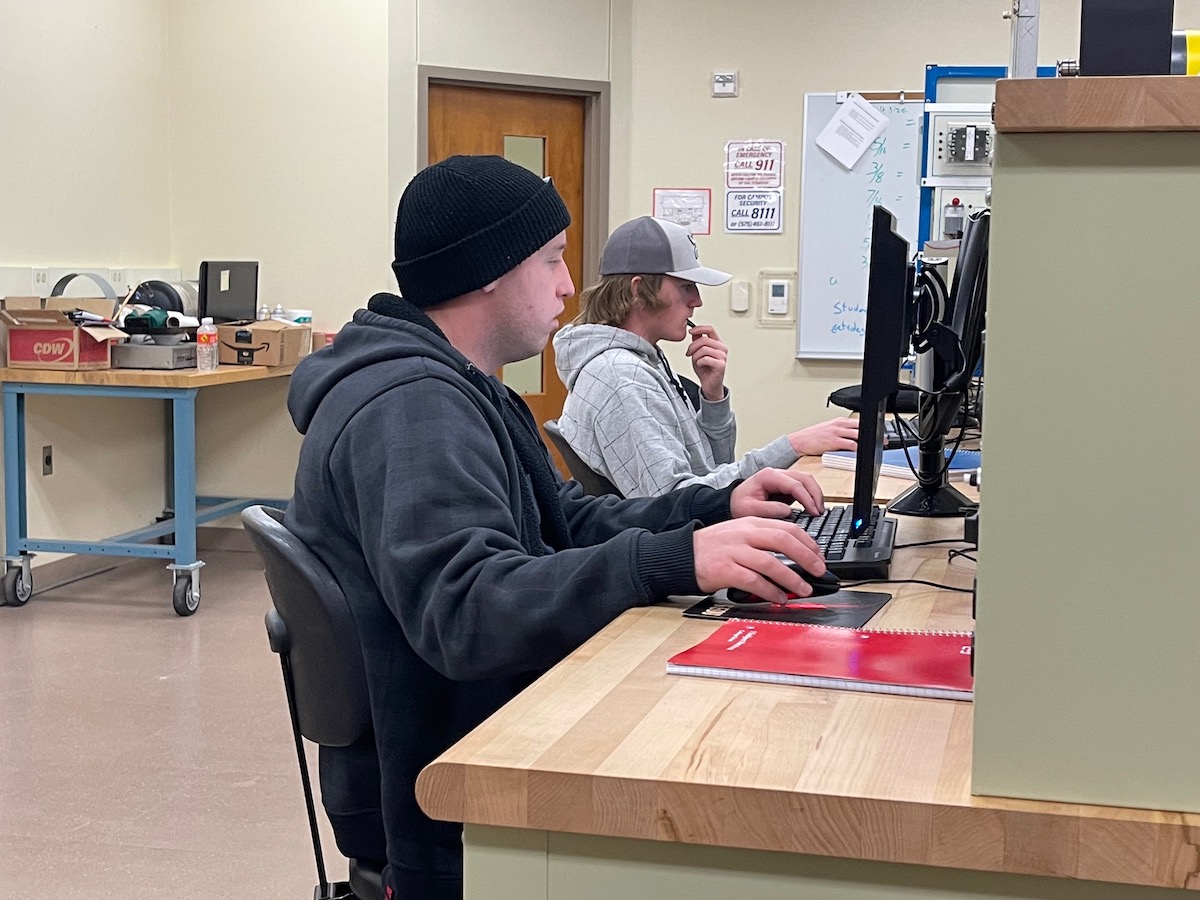
Students diagnosing electrical issues in a turbine with software.